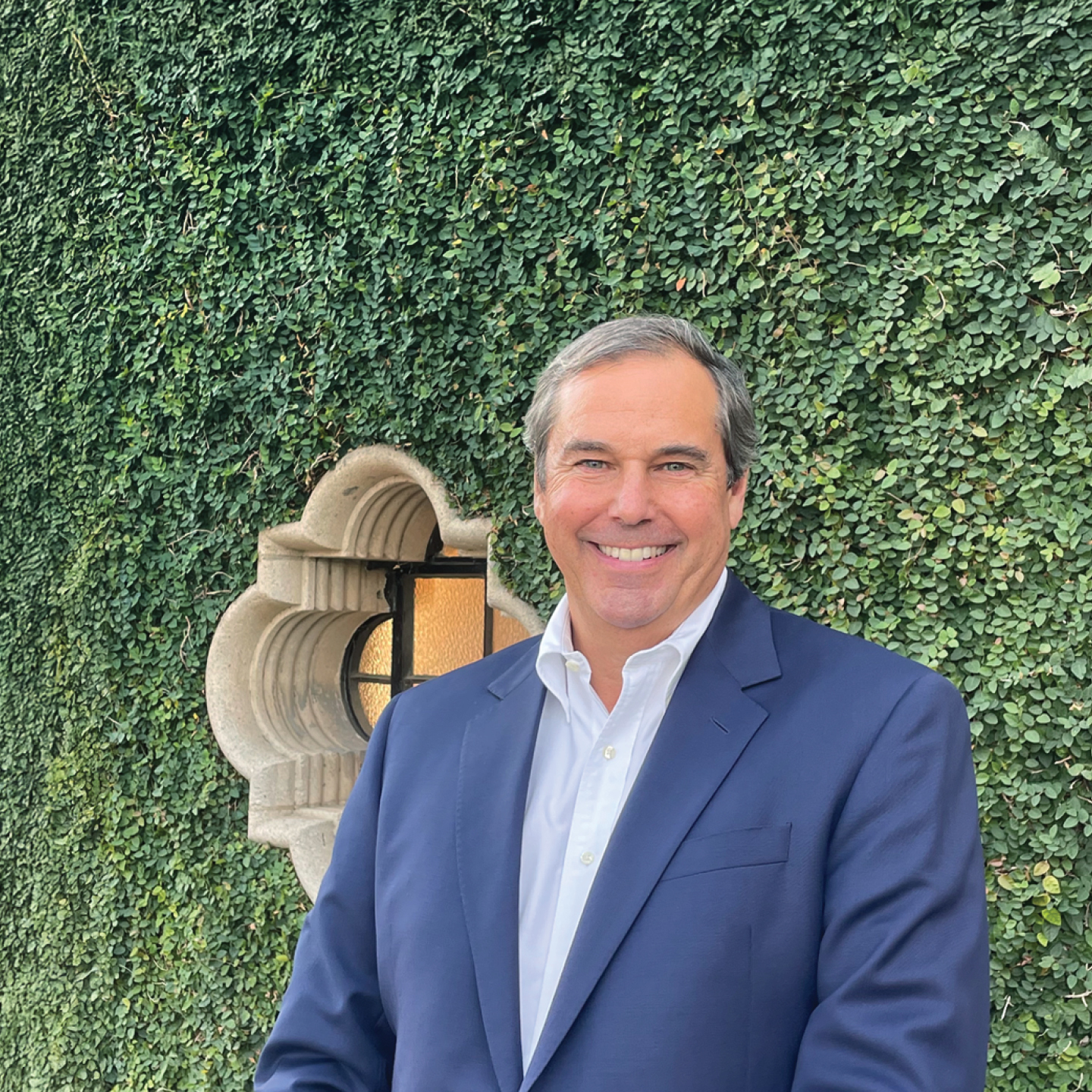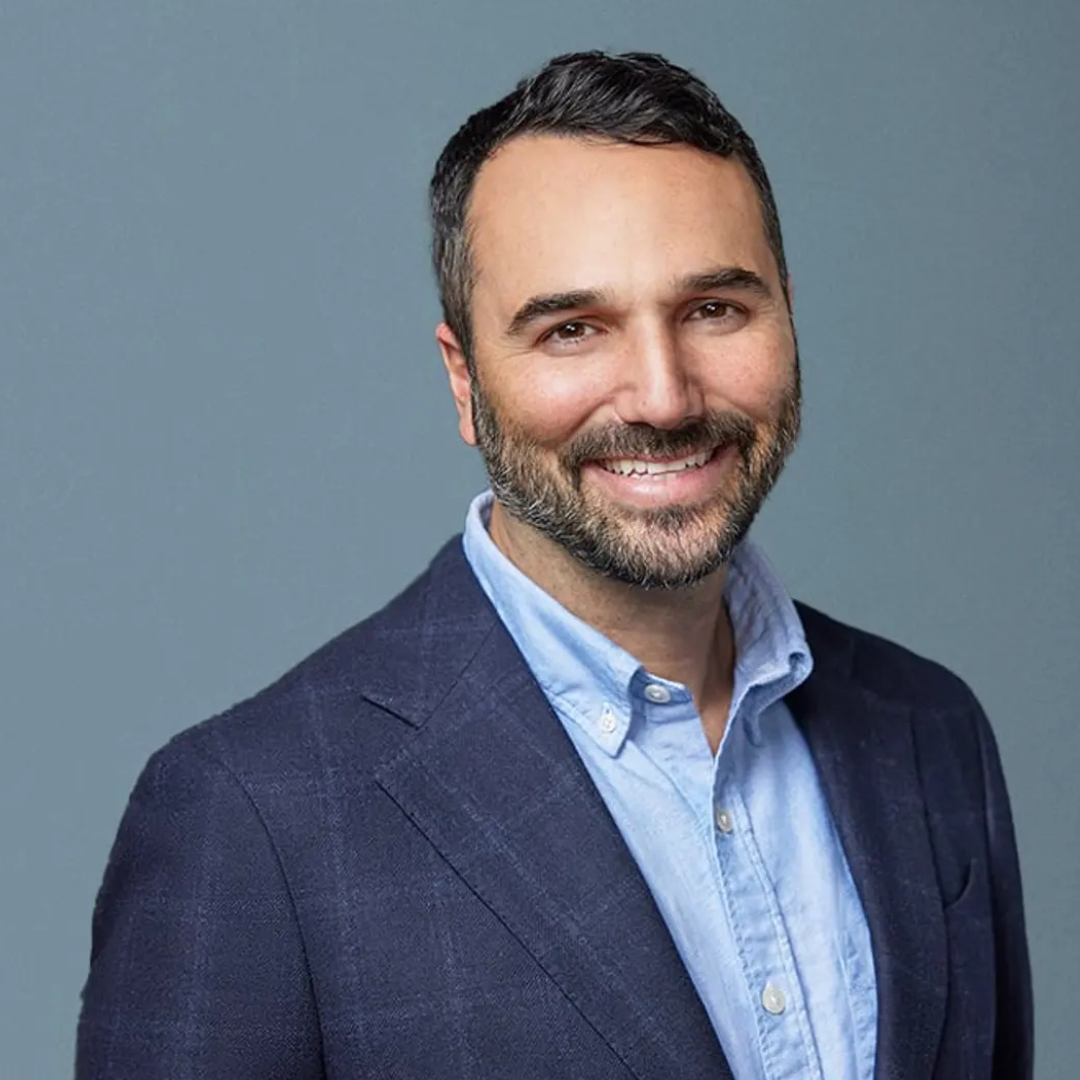Future Cities
Radical Reinvention
By: By Larisa Ortiz, Managing Director, Public & Non-Profit Solutions, Place Consulting, Streetsense*
April 17, 2025 3 Minute Read

It’s time to reimagine our central business districts.
Our Take Newsletter
Our Take is CBRE’s monthly newsletter, delivering unique insights into today’s most pressing topics.
Learn MoreLet’s be honest: Our office-centric CBDs are facing existential challenges.
Across major cities, office vacancies have reached staggering levels, with some downtown markets reporting vacancy rates in the mid-30% range—even before fully accounting for sublease availabilities or the effect of hybrid work schedules.
Nationally, the overall downtown office vacancy rate was 19.5% at the end of 2024, nearly double year-end 2019’s 10.2%.
This isn’t a temporary downturn.
We’re seeing a fundamental, technology-driven transformation that has quietly ushered in a transportation revolution—one that looks like a digital evolution on the surface but, at its core, is about breaking the link between work and place.
For centuries, transportation and accessibility have been dominant forces influencing the rise and fall of cities. Consider how the national railway network propelled Chicago to prominence while precipitating Buffalo’s decline as the Erie Canal became less important.
The model that has long defined our CBDs has been disrupted.
For decades, offices have been the predominant uses for downtown real estate because they were central places that labor, clients and suppliers had proximity to. The ability to work from anywhere has weakened the necessity of businesses clustering in high-rent office-dominant districts that have limited connectivity to retail, restaurants, entertainment and transit.
If many office spaces don’t have the same competitive advantage as they did pre-pandemic, and if many workers no longer have to endure the daily commute grind five days a week, why should we expect our CBDs to function the way they always have?
Our CBDs are evolving before our very eyes—and we can ill afford to ignore it. Rather than fight the change, we need to think differently. What if we reimagined downtowns as places that people actually want to be, not just places they have to be?
It’s time for radical reinvention.
The reinvention of CBDs is not uncharted territory. The transformation of Lower Manhattan’s Financial District (FiDi) provides one example of how policy tools can be leveraged to help a place adapt to changing economic conditions.
Over three decades, public and private investment has transformed FiDi from solely a business district into a vibrant mixed-use neighborhood. Zoning reforms, tax incentives, improved transit access and significant enhancements to public places played leading roles.
While the exact conditions that enabled FiDi’s transformation may not be replicable elsewhere, the fundamental approach offers valuable insights.
The shift in workforce patterns means the traditional nine-to-five office crowd—the daytime worker customer base—is shrinking. Cities must attract new people—residents, tourists, students and more—who will use downtown spaces differently and have new expectations for buildings, services, retail and entertainment. The transformation will require making downtowns desirable places to live, visit, experience culture and entertainment, attend school and innovate in a dynamic environment.
The good news? Our primary markets—large cities with the most storied CBDs—have what it takes to make this transition work.
Their value proposition is nearly impossible to replicate. They have transit and infrastructure built over a hundred years or more. These irreplaceable physical improvements support dense, walkable, high-value neighborhoods—the kind of authentic places that continue to inspire young and old alike.
And these cities have access to deep regional labor pools (another legacy of transit-rich environments) and the kind of talent that companies still want to be near—because even a hybrid workforce needs to have easy access to the office.
And perhaps most important, these cities continue to attract young professionals—those looking for connection, meaningful employment, first-class cultural experiences and, ultimately, the opportunity to meet their life partner.
So, what does radical reinvention really mean?
It means embracing the idea that downtowns are pivoting from office-dominant places to something new. It means prioritizing residential conversions, expanding educational and medical institutions, and investing in arts and public spaces.It means investing in transit and mobility (including e-mobility), not just for the traditional commuter but for a new generation of urban dwellers who rely on walkability, bike-ability and connectivity.
It means investing in transit and mobility (including e-mobility), not just for the traditional commuter but for a new generation of urban dwellers who rely on walkability, bike-ability and connectivity.
It means designing places where people want to spend their time—not just during work hours but in the evenings and on weekends. And it means being proactive, not reactive.
We can’t just sit back and hope that return-to-work mandates bring things back to “normal.” That’s short-sighted.
Cities have powerful assets that create compelling value. From theaters and museums to nightlife and dining, these offerings can’t be easily replicated. Robust accessibility and reliable, relatively inexpensive transit systems provide density and economic efficiency that few other places can match.
Urban centers must remain places where people want to live, particularly younger generations seeking community, friendships and opportunities to build their lives. By leveraging these strengths, cities can reimagine downtowns as dynamic environments that go beyond being locales of employment.
Let me be clear: This isn’t about giving up on downtowns. Far from it.
It’s about making them better and positioning them for the future. The cities embracing this shift will come out ahead. Those that don’t? They’ll be left with empty buildings and missed opportunities.
The future of our downtowns is being written right now. Let’s make sure we’re the ones holding the pen.
Contact
Related Insights
-
Podcast | Intelligent Investment
All Star: Ray Washburne on cities, retail, restaurants, energy and more
March 11, 2025

Ray Washburne is an accomplished investor with an eclectic portfolio that spans shopping centers, restaurants, energy and more. Washburne offers a unique perspective on market trends, investment opportunities and the evolution of cities.
-
Podcast | Evolving Workforces
More Than a Feeling: The business value of a desirable workplace
February 11, 2025

Jamie Hodari, CBRE's CEO of Building Operations & Experience, spotlights where he sees the biggest opportunity across commercial real estate: workplace experience. He discusses how a company’s space can attract tenants and enhance the employee experience, enriching people’s lives and increasing business effectiveness.

